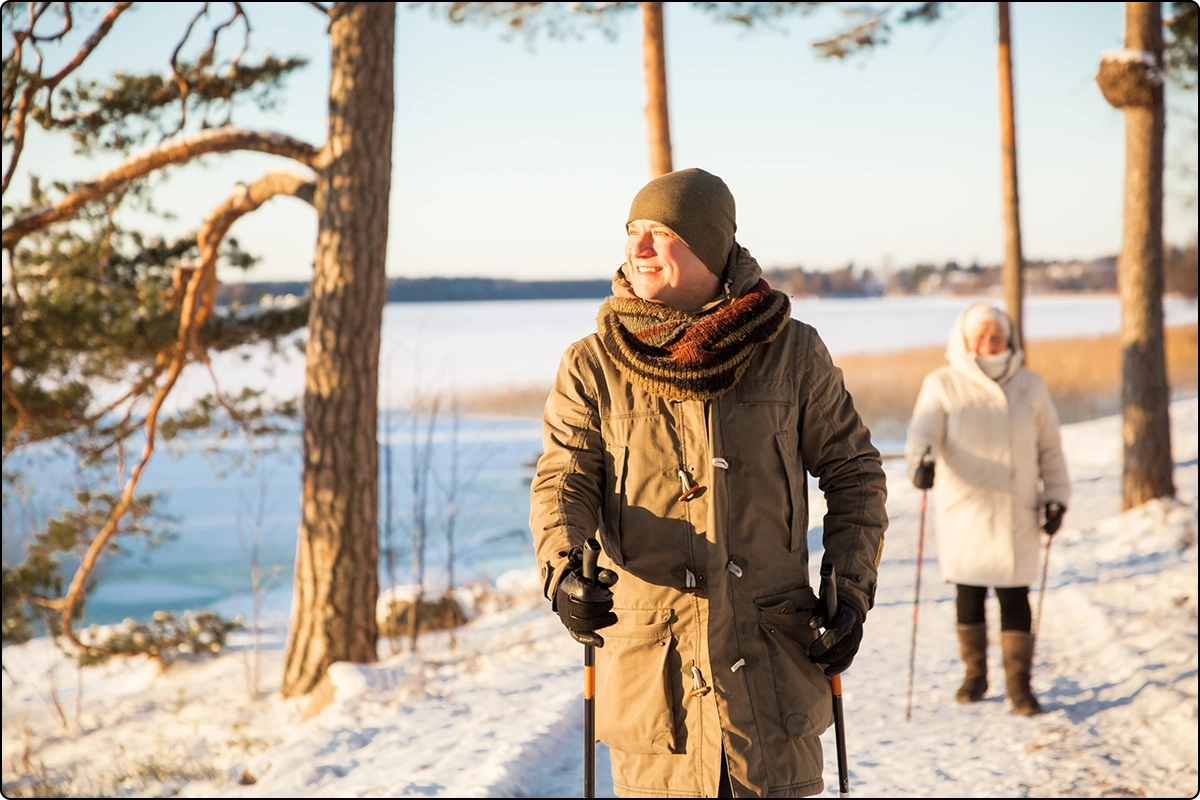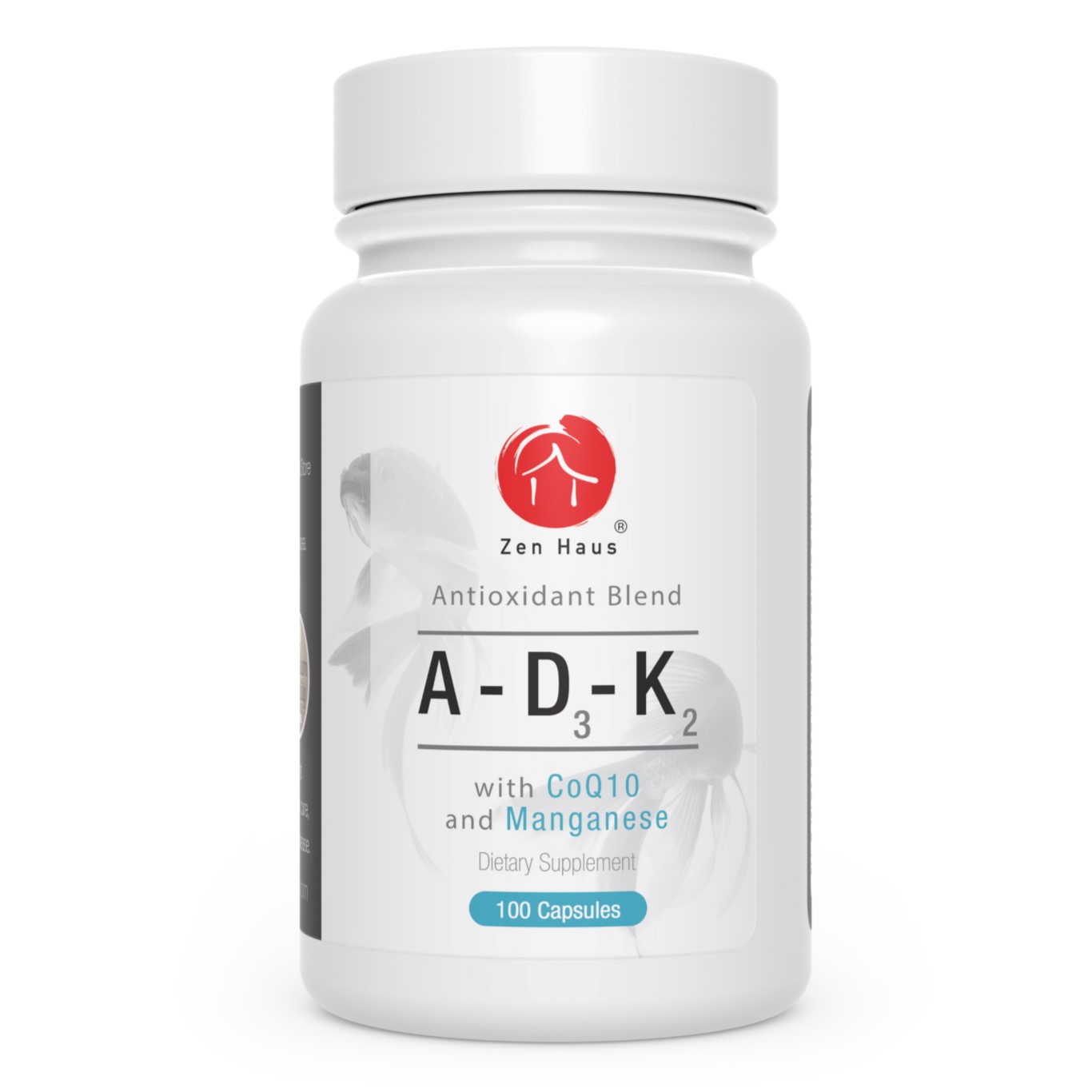The deficiency is real
Experts agree that Vitamin D deficiency is common among Americans. The American Endocrine Society and the Vitamin D Council recommend having serum Vit-D levels above 30 ng/ml and considers having less than 20 ng/ml to be deficient. The Institute of Medicine recommends having at least 20 ng/ml. In the United States, approximately 70% of the population has Vitamin D levels below 30 ng/ml. In northern latitude locations, up to 73% of the population may have levels of less than 20 ng/mL during winter.[1] In other words, most Americans are Vit-D deficient. Vitamin D excess, however, is rarely seen in the general human population.
Why are we deficient?
If sunlight is the primary source of Vitamin D production, and it is free and accessible to everyone, then why do we have such high rates of deficiency? Barriers to Vitamin D3 production may exist at different stages. The following 5 factors contribute to Vitamin D deficiency:
-
- the amount of sunlight exposure
- the quality of sunlight received
- sun blocking and filtering agents
- our ability to biologically absorb and convert the sunlight
- Vitamin D3 dilution in body fat
The body’s Vitamin D production process begins with exposure to sunlight. Limited exposure can be attributed to cloud cover and modern lifestyle.
Amount of Sun Exposure
Cloud Cover. Some locations have more cloud cover due to seasonal factors. This will usually be in line with the amount of rainfall. A place like Seattle and surrounding areas will have much cloud cover in the winter months. Residents will have much less exposure to sunlight.
Modern Lifestyle. Throughout most of our evolution we spent a great deal of time outdoors. In modern times however, most of us are required to be indoors for work during the daytime when the best sunlight is available. Workers spend most of the daylight hours working indoors in corporate and home offices, stores and malls, factories and plants and so on. We should take advantage of any opportunities, like breaks, lunch or work-related trips, to get outside for the prime sunlight.
Quality of Sunlight
In terms of Vitamin D production, the time of day, time of year and altitude determine the quality of sunlight received.
Time of Day. Sunlight is most direct closer to midday. When we expose our skin to sunlight at this time more Vitamin D3 is produced.
Time of Year. UV-B rays are not strong enough for Vitamin D3 production in the winter months in northern regions when sunlight is less direct. Coming in at a lower angle, the sunlight has more atmosphere to penetrate before reaching us on the earth’s surface. As a result, more UV-B rays are blocked by the atmosphere.
A good rule of thumb is if your shadow is longer than you are tall, you’re not making much Vit-D.[2]
Altitude. We can produce more Vitamin D3 from sunlight exposure when we are higher up. All else being equal the sun is more intense on top of a mountain than at the beach. This is intuitive because we would be closer to the source. Also, the air tends to be cleaner at higher altitudes which means less UV-B is filtered out.
Sun Blocking and UV-B Filtering
Vitamin D production is reduced by anything that decreases the intensity of the sun’s rays. In addition to the earth’s atmosphere and cloud cover, elements on the surface such as air pollution and smog, glass windows, clothing, and sunscreen can block and filter out the UV-B rays required for making Vitamin D.
Air Pollution and Smog. Urban smog is a mixture of pollutants. Like the atmosphere and clouds, smog can be dense enough to absorb UV-B rays and reduce the amount of UV-B reaching your skin.[3]
Window Glass. Regular glass absorbs UV-B radiation and exposure of sunlight through glass windows will result in little or no production of Vitamin D3. Regular glass blocks UV radiation but quartz glass does not.[4]
Clothing. Clothes can block UV-B rays but the amount of blocking depends on the thickness of the fabric and how tightly woven the fabric is. Some studies suggest fabric color is also a factor.[5]
Sunscreen. The application of sunscreen also reduces Vitamin D production. Wearing sunscreen with a sun protection factor of 30 or more can reduce Vitamin D3 production by more than 95%.[6]

.







